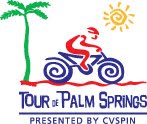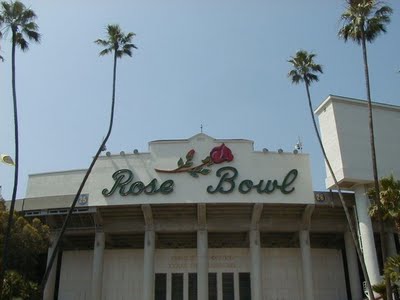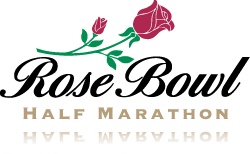Clear blue skies on race morning
The Rose Bowl Half Marathon was on Sunday, February 7, 2010.
My
race plan called for an easy start - running 10 minute miles for the first four miles, then bumping the pace to 9 minute miles for the next four miles, 8 min/miles for miles 9,10,11 & 12, and a full speed run for the final 1.1 miles. Done exactly right, my finish time would have been 01:55:00.
My actual finish time was
01:51:23.7
I arrived and parked my truck at 6:30am. I figured out where the start line was and used the restroom, then quickly got back in the car and ran the heater until 7:30am because it was too cold to walk around (apologies to anyone living where it actually gets really cold).
The race started on time at 8am sharp. I love it when race directors are organized and start on time!
I lined up about four rows back from the start, and when the gun went off I tried to jog at my 10 min/mile pace. Dozens of people were passing me, and it was hard not to speed up, but I tried to stick to the plan and jog. The first mile was on paved road, and slightly down hill. I got to the
first mile marker and checked my watch - 8:10.50. Whoa! Too fast. Gotta slow down.
Mile 2 - 8:27. Still too fast. Gotta slow down.
Mile 3 - 8:43. Better, but still need to slow down.
Mile 4 - 9:13. Still not anywhere near 10 minute miles, but the effort on the first four felt really easy, so I let it go and prepared to run the next set of 4 miles at a 9 min pace.
Mile 5 - 8:54.14. Pretty close.
Mile 6 - 9:01.41. Nailed it!
Mile 7 - 9:17.54. A little slow, but this was actually the hardest mile on the course. There was a very steep trail climb right at the beginning of mile 7, and once I crested the top I had to really pick it up to get the mile done in 9 minutes.
Mile 8 - 9:08.06. Not bad. Mostly downhill now for the remaining 5.1 miles
Mile 9 - 8:09.48. A little slow.
Mile 10 - 8:00.56. Perfect!
Mile 11 - 8:15.49. Close
Mile 12 - 7:42.82. By now I'm passing people left and right, but there's a heavy breather right on my tail. I've got just over 1 mile to drop him, but he's sticking to me like a shadow.
Mile 13 - 7:32.13. I tried to pull away from the heavy breather, but he's still right behind me.
Last 0.1 mile into the Rose Bowl - 0:48.42.
It came down to a sprint between me and the heavy breather as we entered the Rose Bowl and ran onto the grass. I ran fast as I could, but he was able to edge me out and cross the finish line a split second before me. It made for a really fun finish.
I'm sure without him pushing me (and vice-versa) we both would have been several seconds slower. Right after we crossed the finish, he turned around and shook my hand and thanked me for pushing him the final 2 miles of the course.
Here's my
Garmin GPS info for the race. I accidentally started my watch again for a few seconds after the race was over, so ignore lap 15. That's just me standing by my truck.
In the men's 35-39 age group I was 16th out of 54
Out of all men, I was 87th out of 355
And overall I was 109th out of 635
Overall I think it was a great run. I sort of blew my plan for the first 4 miles, but stuck to the plan the rest of the way. Since I was able to hit my pace goals, even after a fast start, I was obviously too conservative on the plan in the first place. My main goal was to negative split the run and I did. The first half took roughly 58 minutes, and the second half took 53.
Effort wise, it's exactly how I want to run the marathon portion of
Ironman Arizona. The only difference is I don't actually expect to speed up in the Ironman marathon. I just expect the effort to ramp up as I get into the later parts of the marathon, while I try to hang on and maintain my speed.
Next up,
Tour de Palm Springs this coming Saturday.





